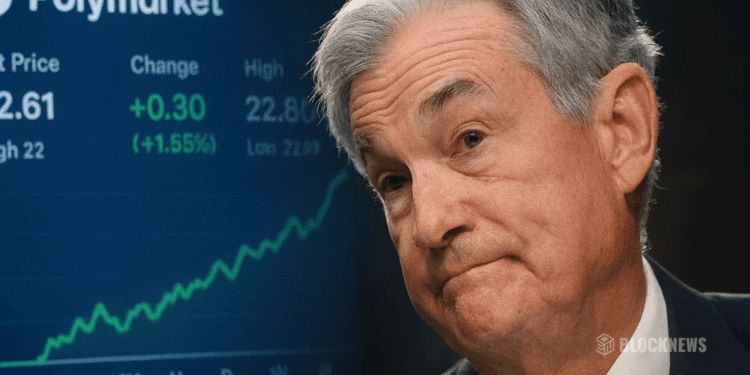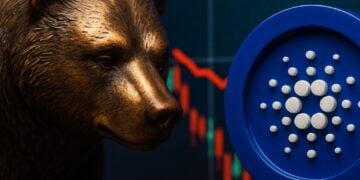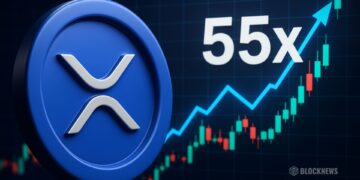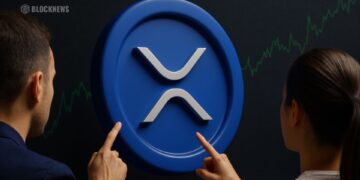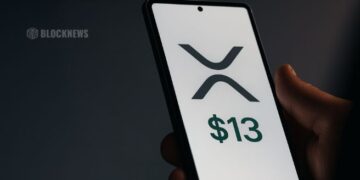- PCE inflation data spiked rate-cut odds to 87.2% for September’s Fed meeting.
- Crypto, equities, and gold could rally as easier money encourages risk-taking.
- Traders should watch upcoming jobs data and Fed speeches for potential curveballs.
The newest PCE inflation numbers dropped, and they’ve lit a fire under the markets. As trader @SatoshiFlipper pointed out, the odds of a Federal Reserve rate cut in September have gone through the roof. According to CME FedWatch, there’s now an 87.2% chance the Fed eases at its Sept. 17, 2025 meeting. For investors across stocks, crypto, and even commodities, this could be the bullish spark they’ve been waiting months for.
Fed Rate Cut Probabilities – Breaking Down the Numbers
Markets don’t whisper—they scream. And right now the data looks like this:
- 87.2% chance rates drop to 400–425 bps
- 12.8% chance the Fed holds steady at 425–450 bps
- 0% chance of a hike (yeah, that ship sailed already)
This isn’t some slow, cautious sentiment shift. The pivot was immediate after the PCE report hit. When traders pile in this quickly, it usually means the market smells something big coming.
Why Risk Assets (and Crypto) Love Cuts
Here’s the deal: rate cuts are like rocket fuel for anything risky. Cheaper borrowing means more liquidity, and that liquidity has to go somewhere. Historically, Bitcoin, Ethereum, and the broader altcoin space have thrived in these exact setups. Same goes for growth stocks and even gold—anything that benefits when cash is easier to move.
Think of it like the Fed putting up a neon sign saying: “Go take risks, we want you to.” For crypto traders, that’s almost the perfect backdrop.
What Could Flip the Script Before September?
Now, before you get too cozy, remember—this is still the Fed we’re talking about. They love keeping markets guessing. A surprise spike in jobs data or a hotter-than-expected inflation print could throw this whole thing off.
So, what to watch? Speeches from Fed officials, next month’s CPI, and of course the September payrolls. Because what feels like a “sure thing” today might look shaky tomorrow. Markets have short memories, and the Fed… well, they play long games.


